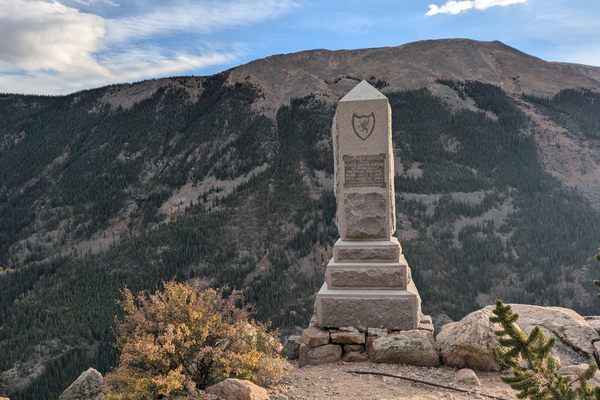About
On August 20, 1860, some 15,000 Melburnians assembled to witness the departure of the Victorian Exploring Expedition. The group is better known as the Burke and Wills Expedition, for Robert O’Hara Burke and William John Wills, who led the 18-man party on a mission to cross the Australian continent from south to north.
As the expedition went on, Burke became frustrated with the group's slow pace. In New South Wales, he left some of the men and supplies behind and continued with a smaller group. After reaching Cooper Creek, he chose to travel with only three other men.
In February 1861, Burke and Wills, along with John King and Charles Gray, became the first Europeans to cross Australia south to north when they reached the Gulf of Carpentaria. Others in the expedition remained at a base camp at Cooper Creek to wait for them.
The trip back was very hard. Gray died of starvation on the way. The other three men reached the Cooper Creek camp on April 21, only to find it deserted. The others had departed some nine hours prior, leaving food and a message buried at what is known as the "dig tree." Burke decided to try to reach a police outpost, and the three men headed south. But they were too weak to travel far and Burke and Wills died of starvation in June. King survived, thanks to help from the local Aboriginal people. Rescue parties sent out to search for the expedition found King in September.
A fence was originally placed around a tree near their departure point in 1861. In 1890, the fence was removed and the scoria and bluestone obelisk or cairn was erected about 180 meters east of the tree.
Related Tags
Know Before You Go
Located in Royal Park, near the corner of The Avenue & Macarthur Rd, limited parking is available in Macarther rd and other nearby streets.
Community Contributors
Added By
Published
December 2, 2021
























